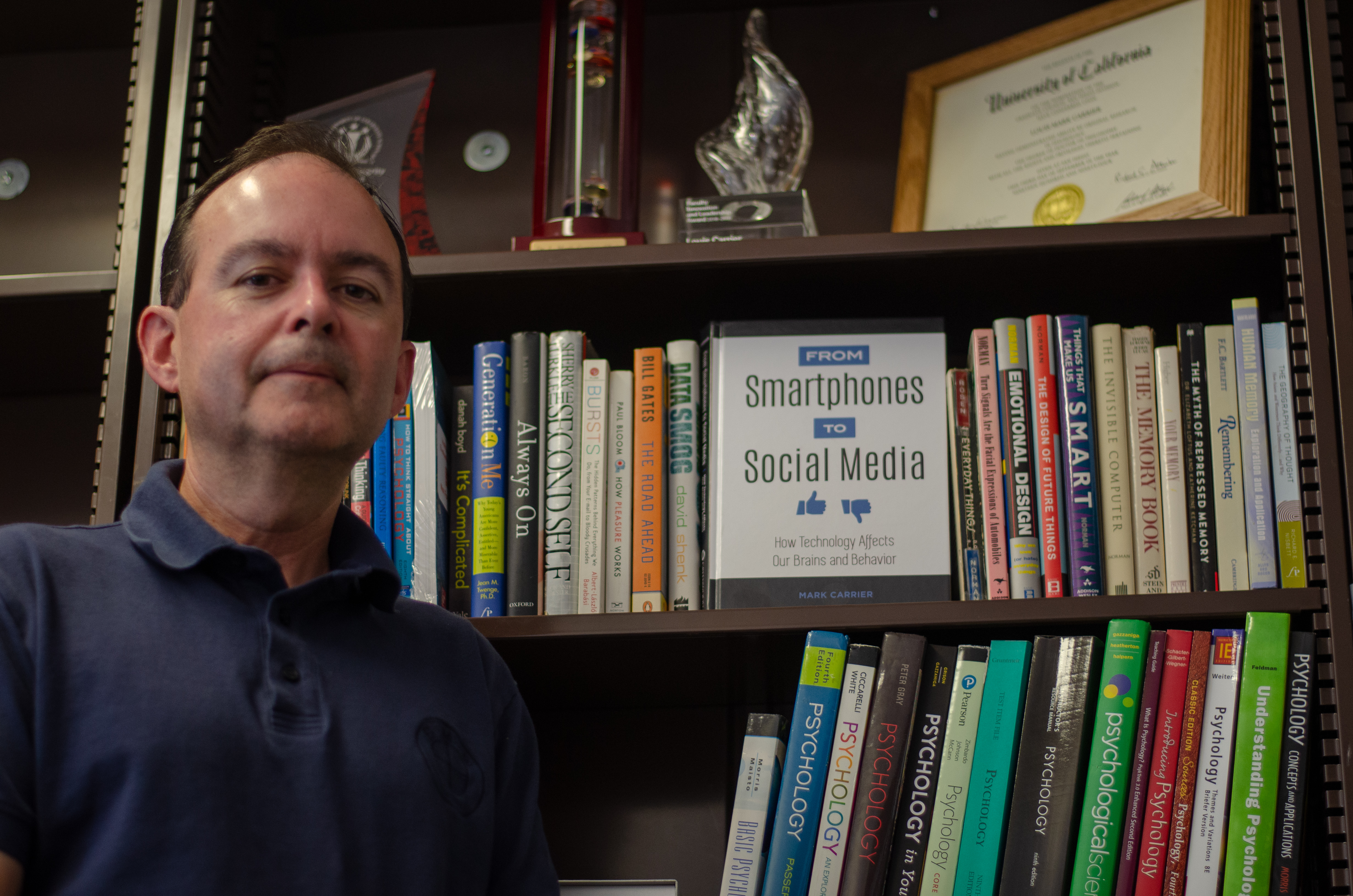By Christian Mosqueda
Staff Writer
More than 100 students filled the LSU ballroom, where indigenous activists Nestora Salgado and Felicitas Martinez recounted their narrative of dealing with Mexican government, on Oct 19.
Salgado, a former community police leader, was incarcerated in 2013, when the Mexican government arrested her without justification. The state government, known for its corrupt practices, detained Salgado for over two years before setting her free following pressure from activists and the United Nations.
She described herself as a victim of “narco-gobierno”, a drug-controlled government.
Salgado began by reminding the audience of a privilege they have that many of their parents did not: access to an education. She talked about how she immigrated to the United States in search of a better life but reiterated that there shouldn’t be a need to do so.
“I shouldn’t have to leave my own country,” Salgado said through an interpreter. “Mexico is a wealthy nation, culturally, financially, everything.”
Still, Salgado said, immigration made it possible to see the mistreatment to which her people had grown accustomed.
After obtaining U.S. residency and, later, citizenship, Salgado returned to Mexico to witness the continued abuse and exploitation of her townspeople.
Salgado alluded to the greed of politicians and police officers as being instrumental in continued government corruption.
“(They are) economic vultures,” she said, “It’s a slap to the face.”
She even called Mexican President Enrique Pena-Nieto, a “burro.”
She expressed her embarrassment after hearing he had won an award for public service.
Salgado stressed that it is the indigenous people who are the most affected, the most abandoned and the most marginalized in modern Mexico, when compared with those of European descent.
She called attention to her people’s humble nature being part of the reason the government keeps them void of education, healthcare and justice.
Salgado talked about how initially the victims sought help from the government, in particular the state government, and the local police.
“And they ignored us,” she said.
This is when the communities and the pueblos decided to organize and take control of their own livelihood through ‘Ley 701,’ a law that allows communities to protect themselves against hostilities.
According to Martinez, who comes from the indigenous town of Potrerillo Coapinole in Guerrero, the townspeople were able to come together and rid the community of tumorous crime by launching a community police force.
Townspeople were able to cope with each crime and perpetrator accordingly. Without having to resort to torture tactics, they were able to carry out just punishments, Martinez said.
Moreover, the committees allow criminals to assimilate back into society through a re-education and rehabilitation process. They didn’t simply give up on them the way many institutions do both in Mexico and the U.S.
Salgado addressed that the lack of government involvement and support pushed the community to take action.
It was then that the government intervened.
Salgado was offered bribes, incentives, paid vacations and a vehicle by criminals urging her to quiet down. The state government was funding the criminals, many of them cartel associates, she said.
Among those who Salgado complained about was Jose Luis Abarca, former mayor of Iguala, Guerrero. He is the suspected mastermind behind the 43 missing Ayotzinapa students in 2014.
“But they did not know I was not hungry nor desperate.” Salgado said. “What they failed to understand was that I was motivated by the needs of my people.”
What occurred next was two and a half years in prison on false charges brought by the state government, she said.
“They had a report that stretched 4 feet high,” she said. “They claimed that I kidnapped 60 people,” which received a roar of laughter from the audience.
They were trying to send a message to the townspeople that it was better to stay quiet, she said. Nonetheless, an outcry poured out as the masses clamored for her liberation, even reaching the U.N., which concluded with Salgado’s release in 2015.
Salgado closed out by reminding the students of the importance of an education and the responsibility in defending the human rights of the voiceless.
“I hope that when you graduate, many of you venture into human rights,” she said. “You are the hope of our people.”


